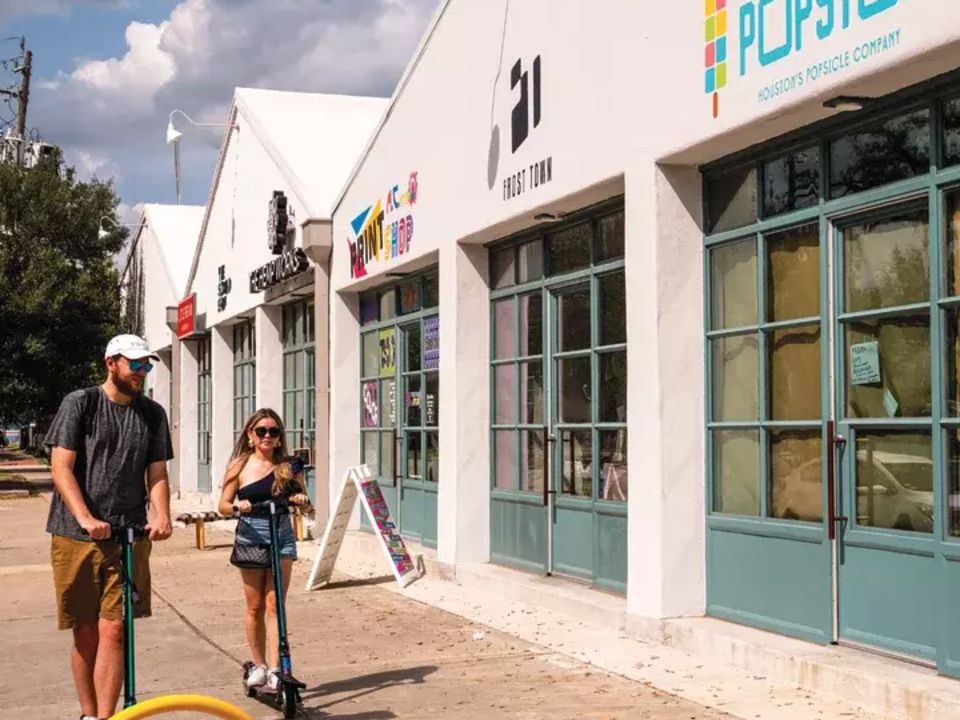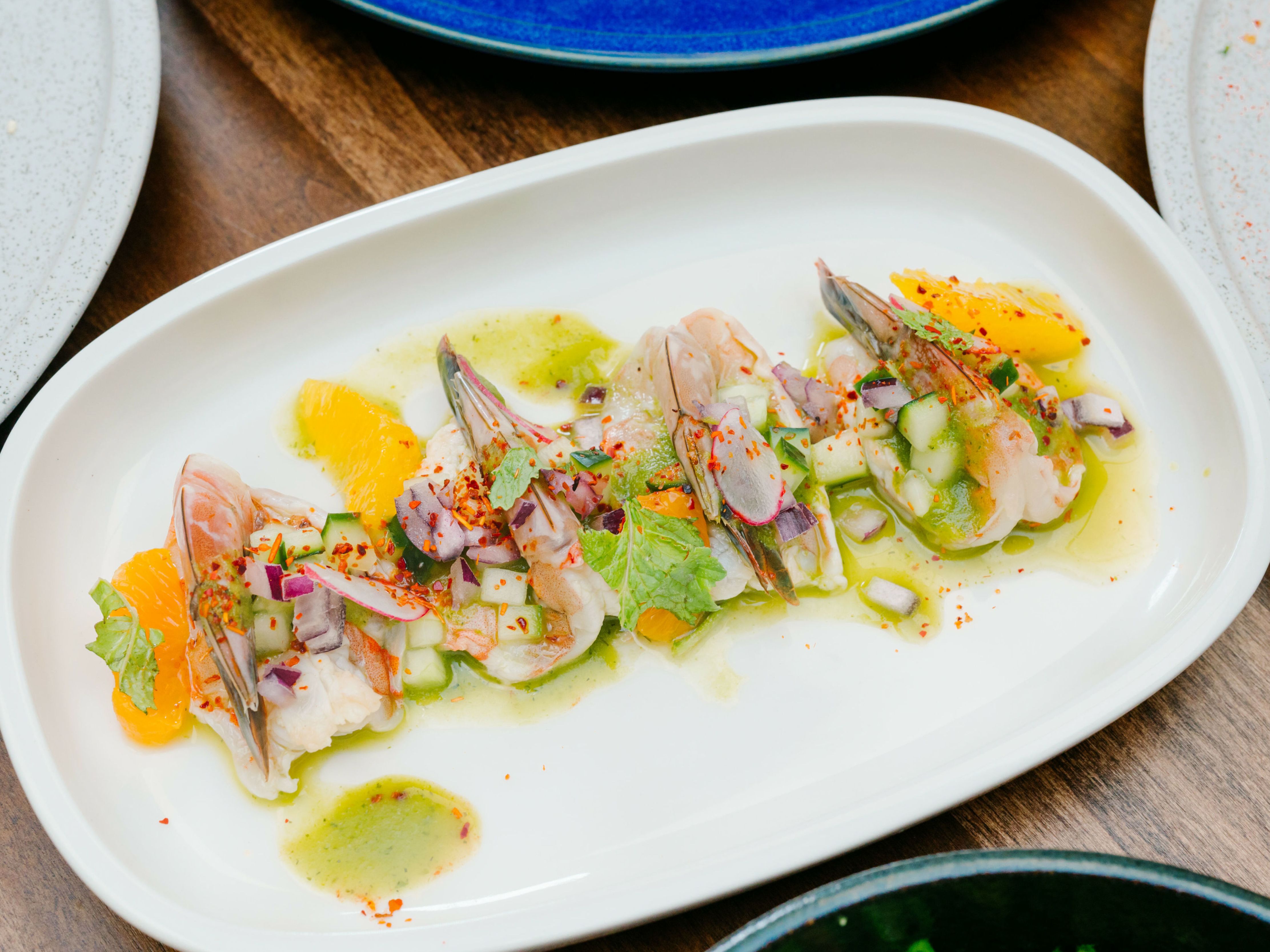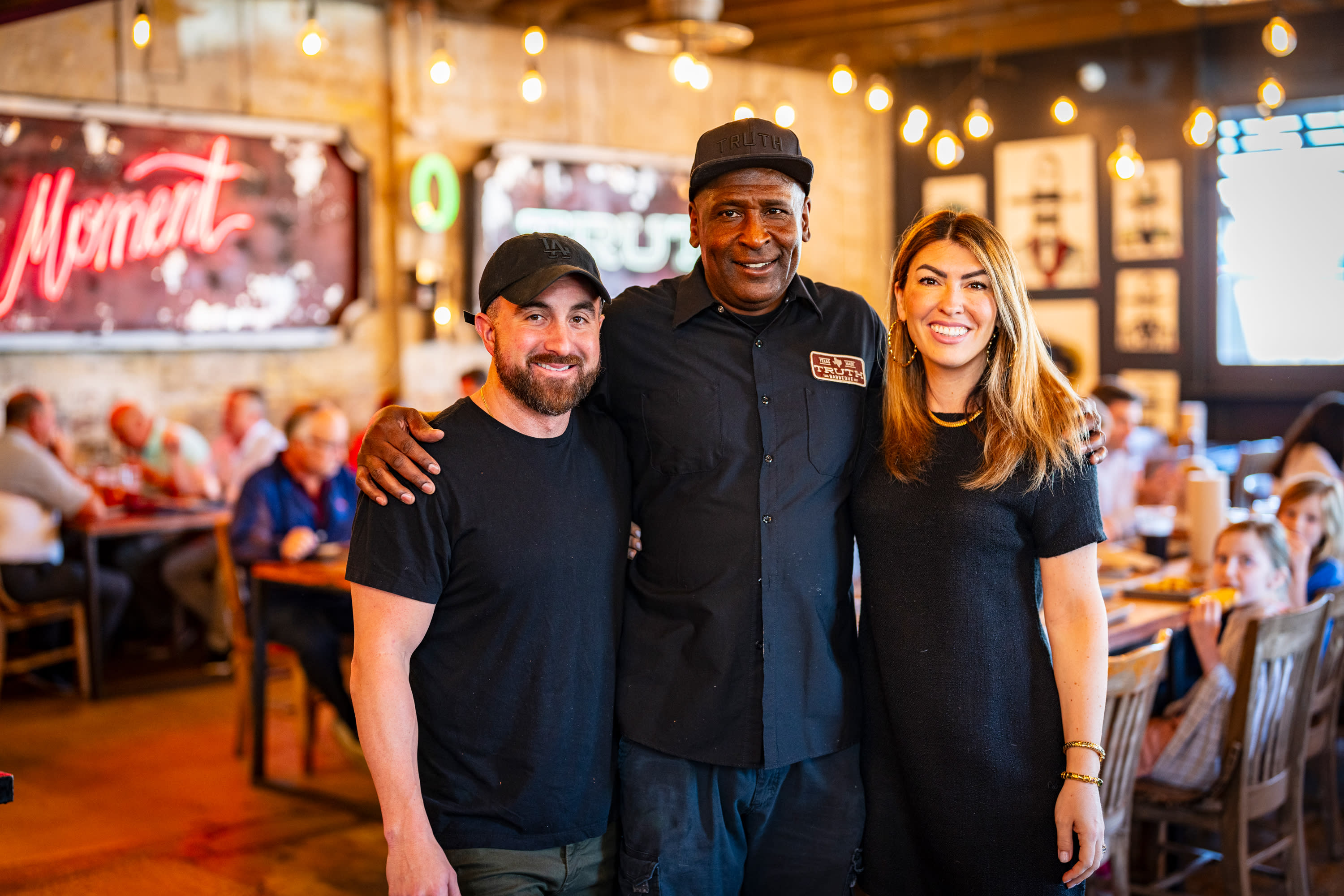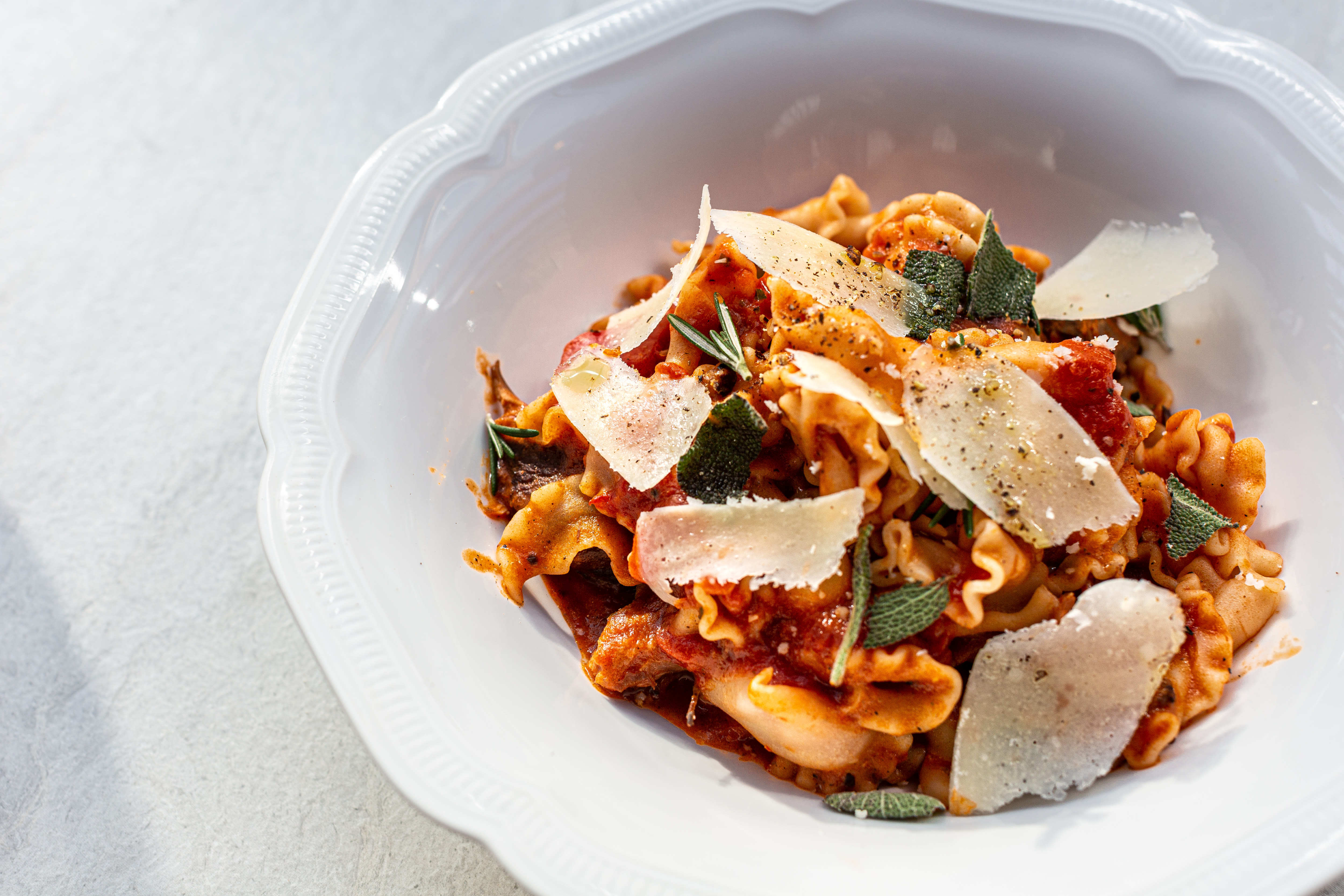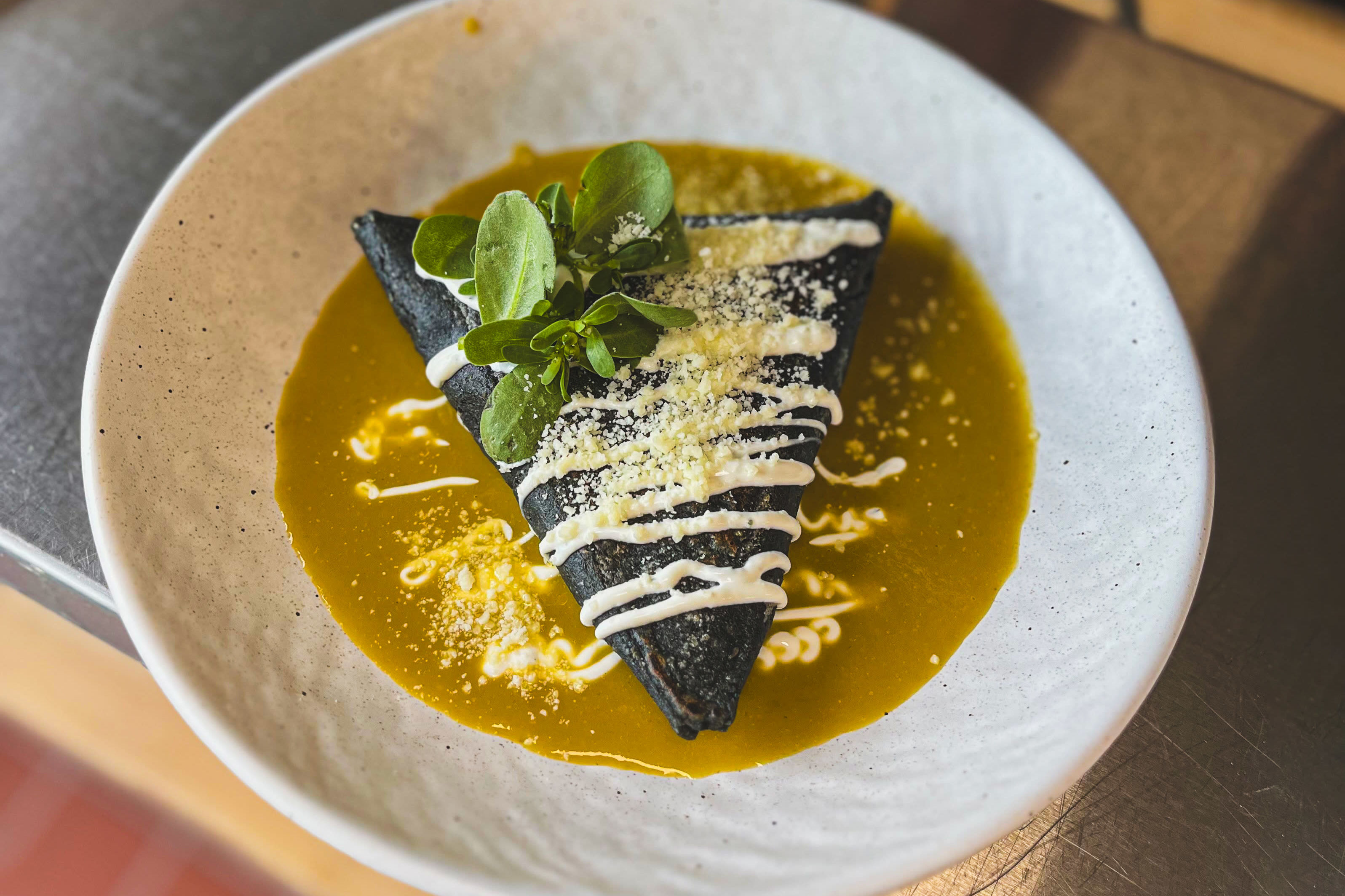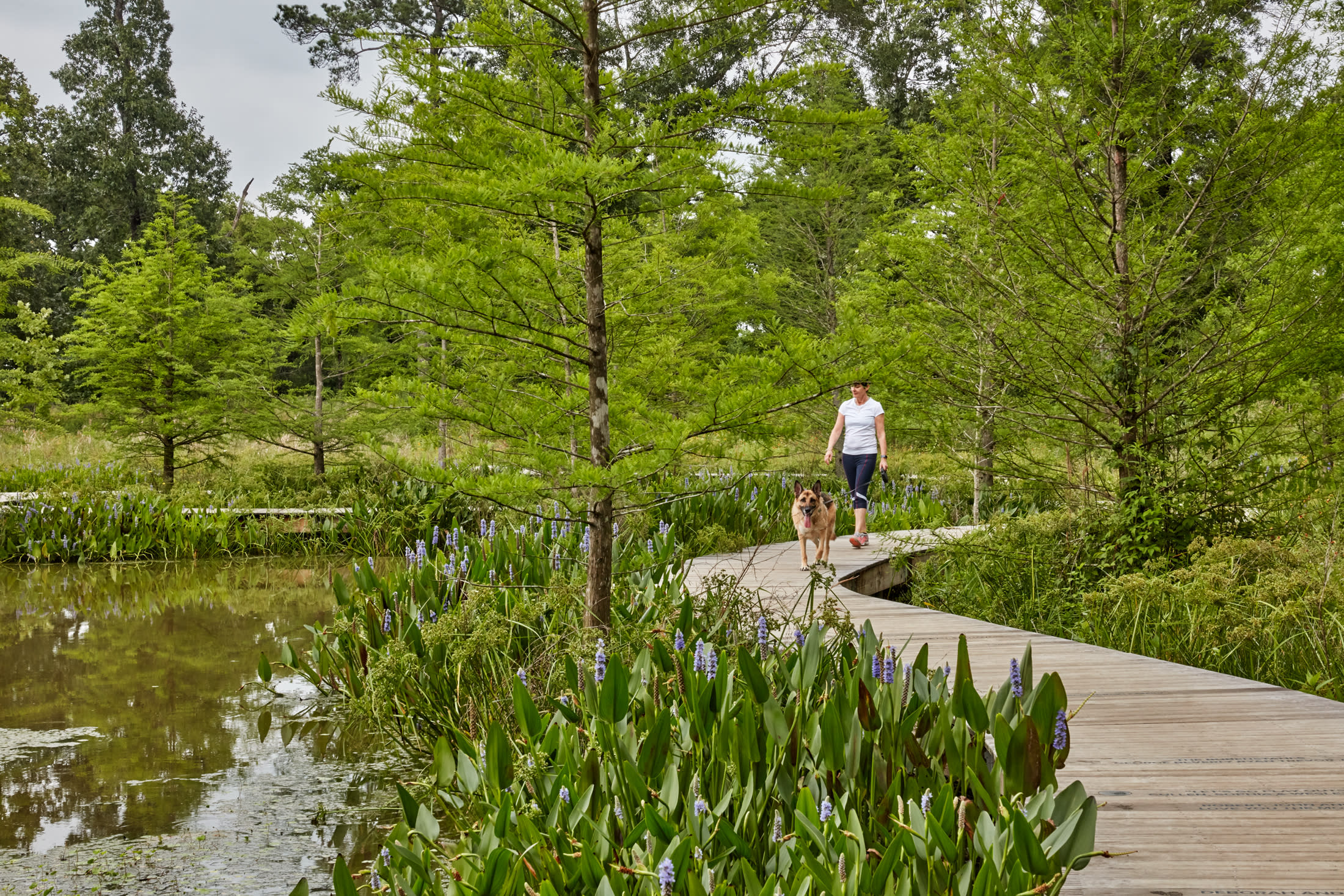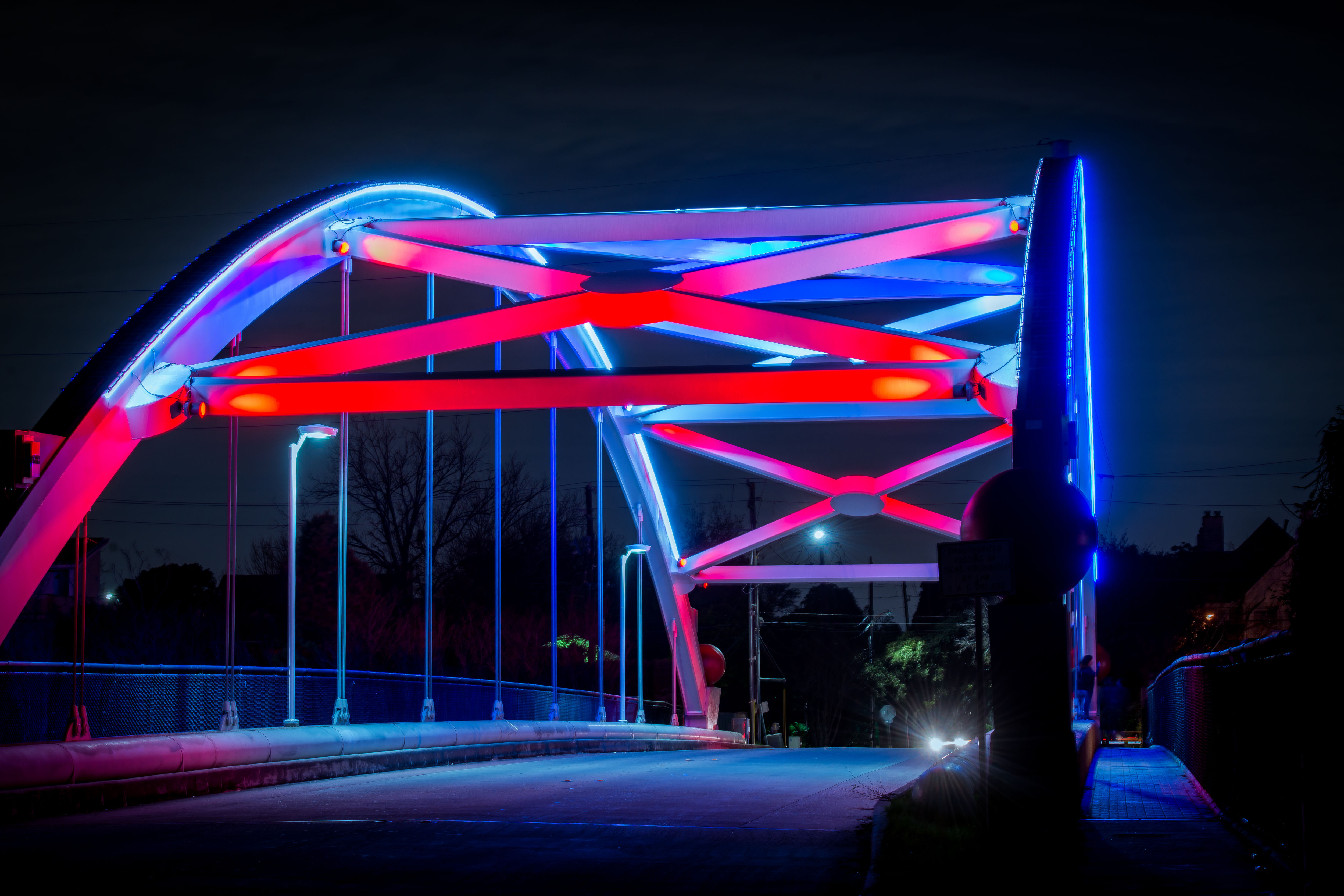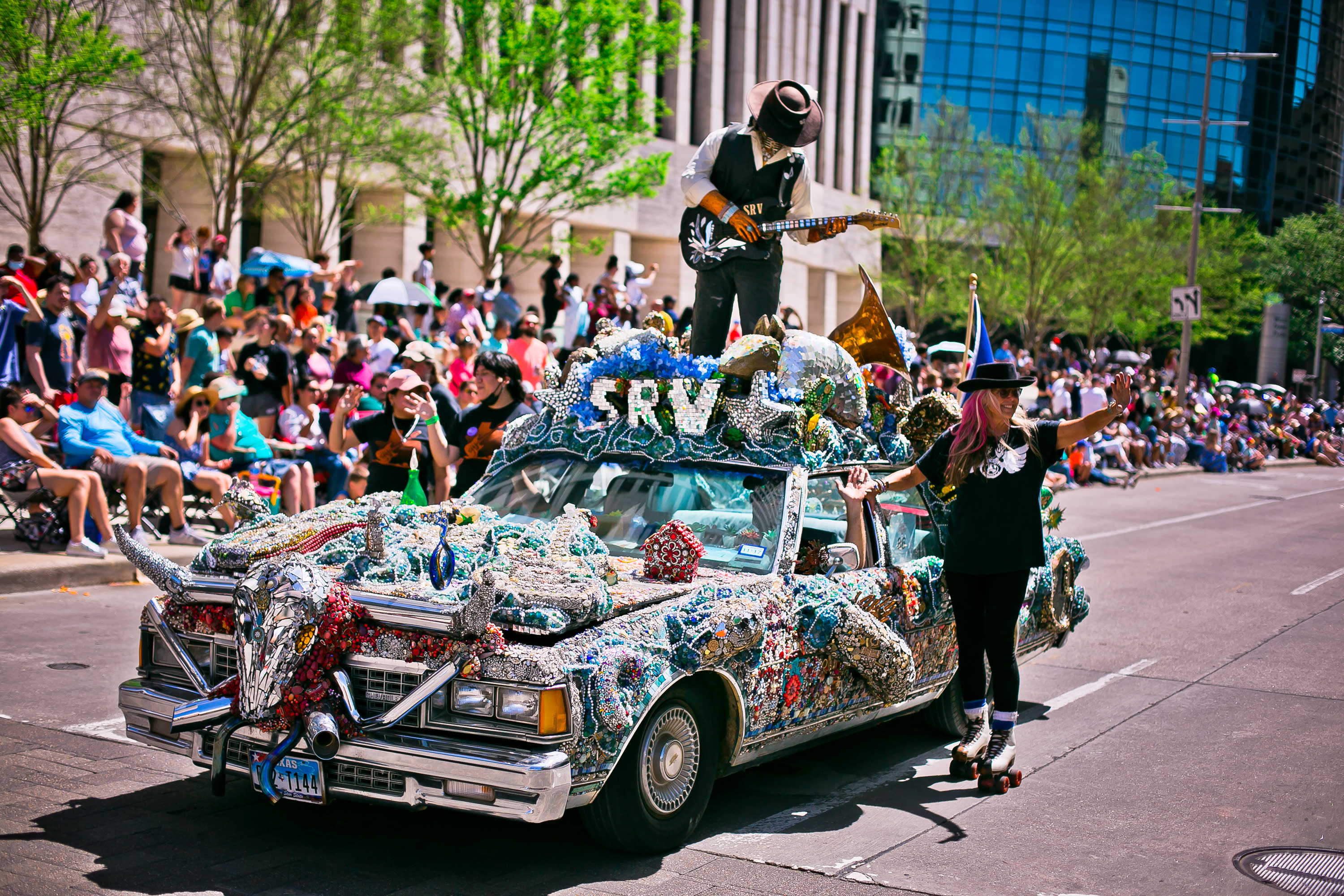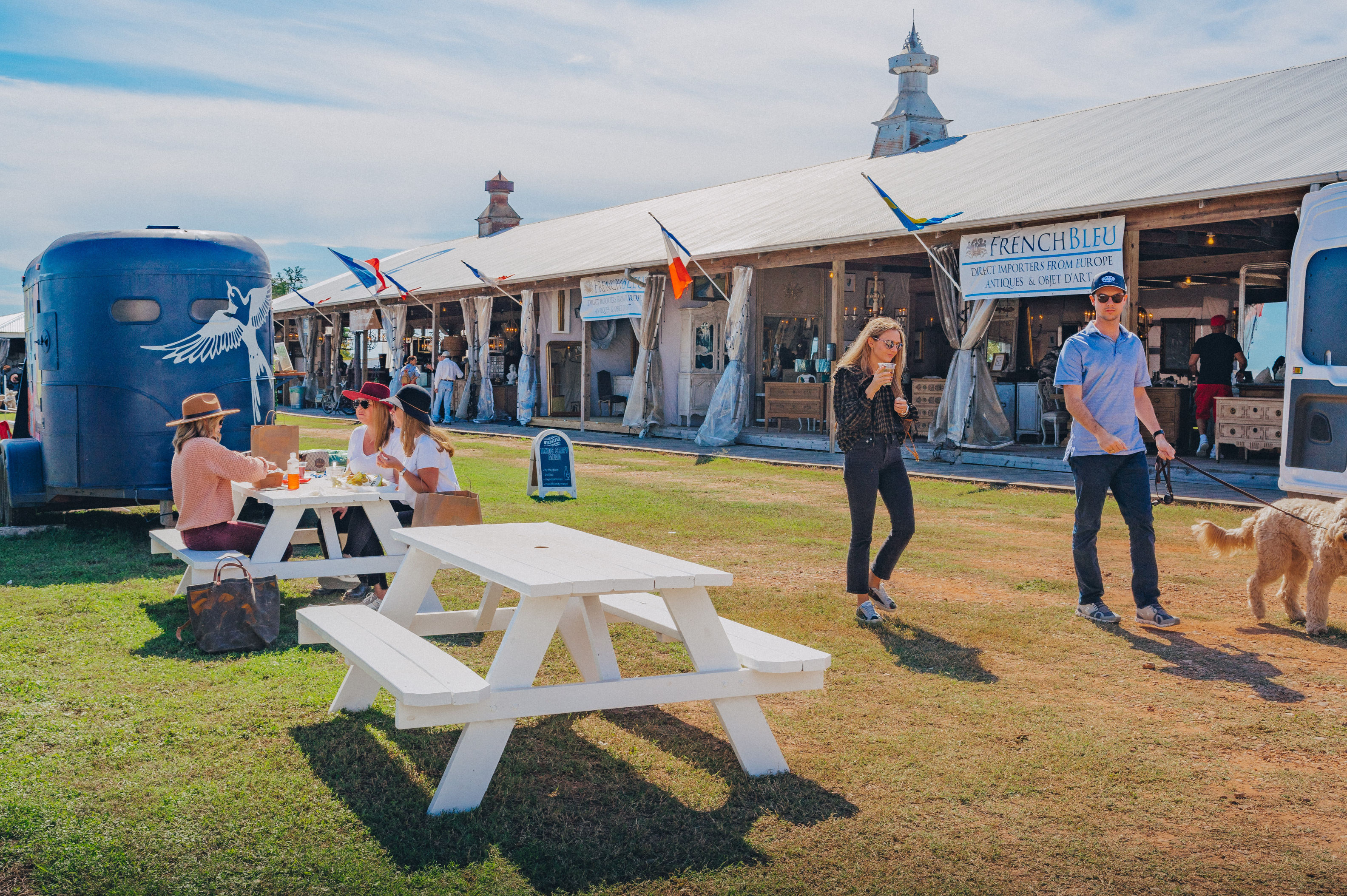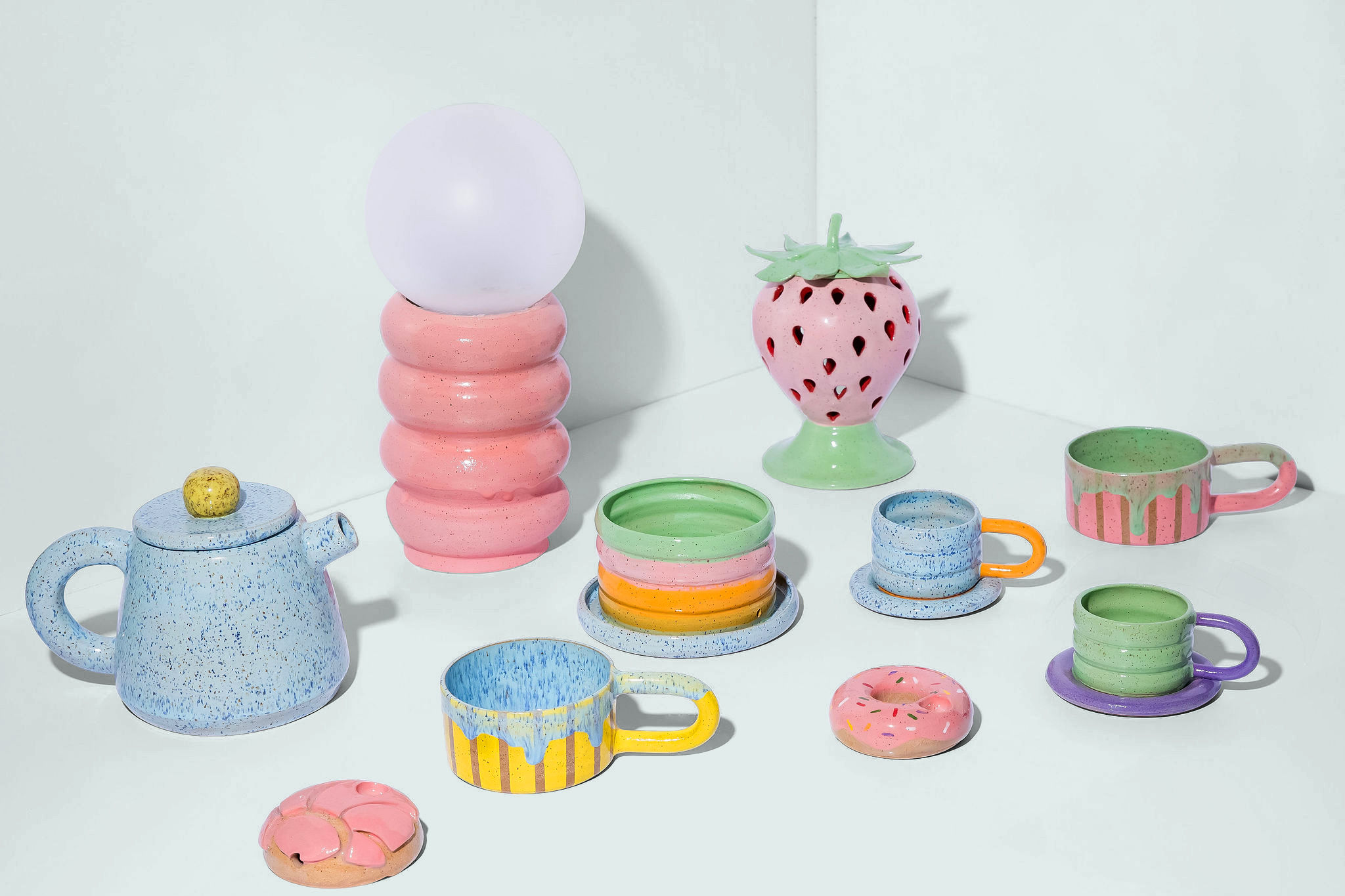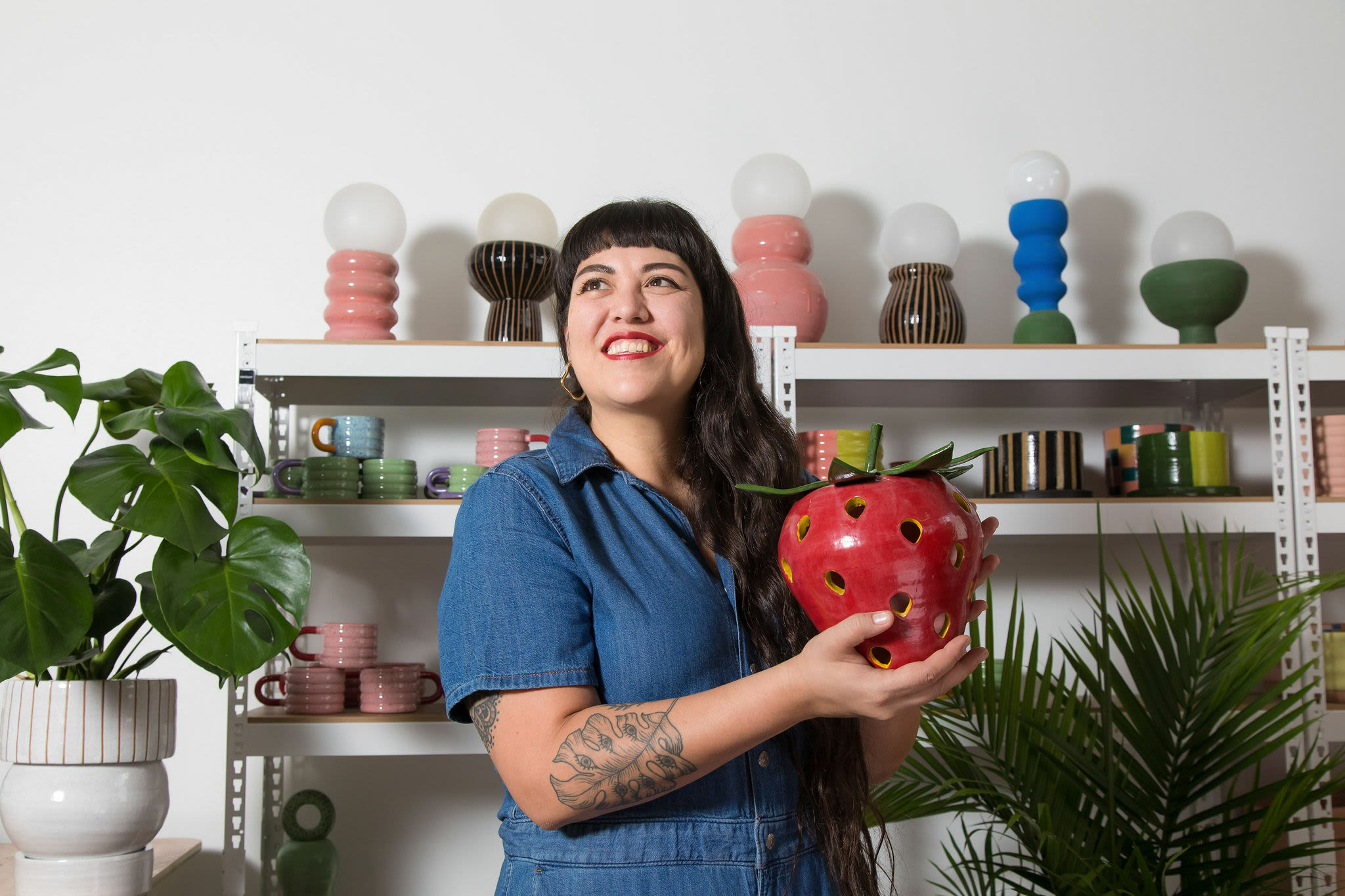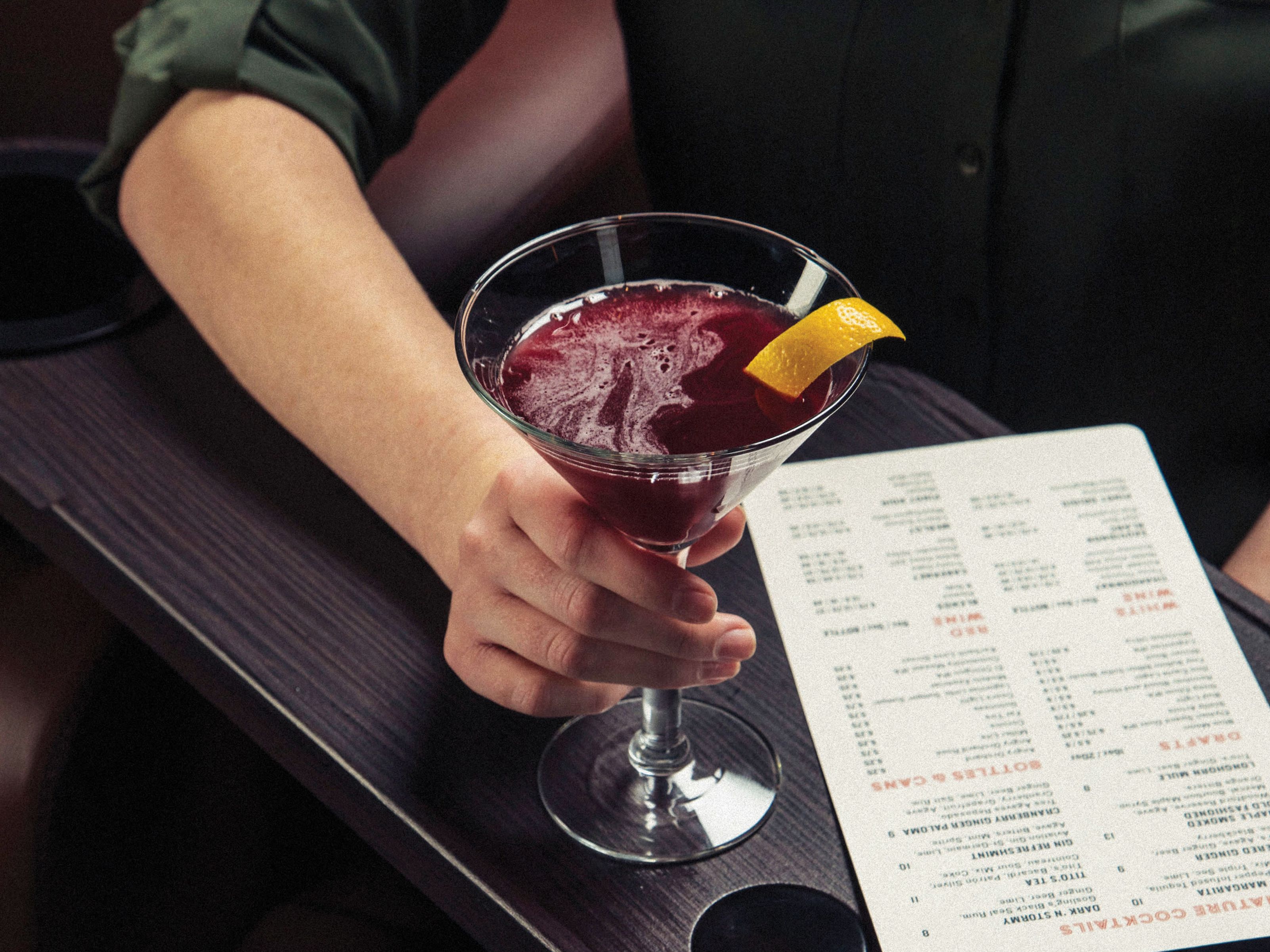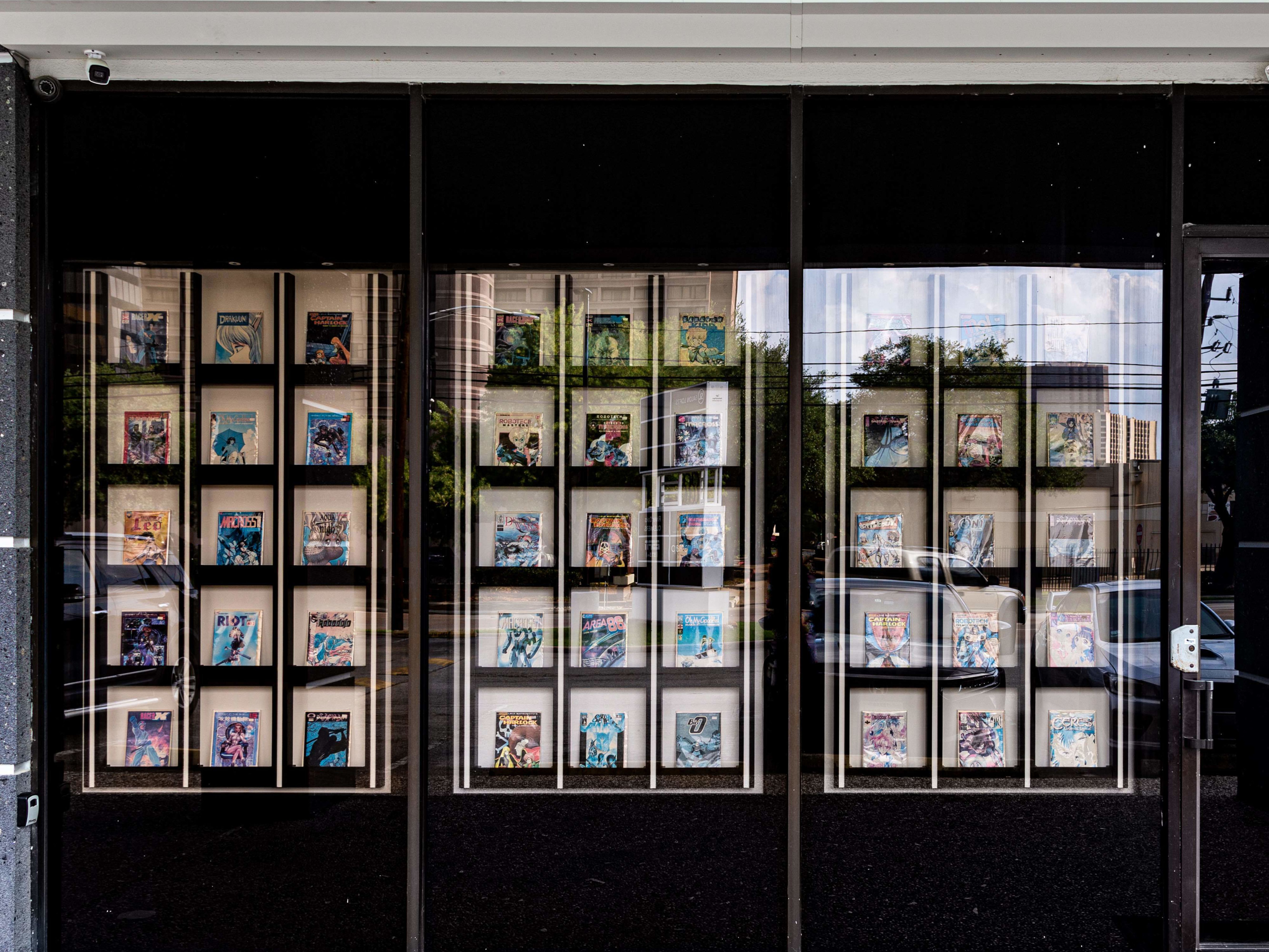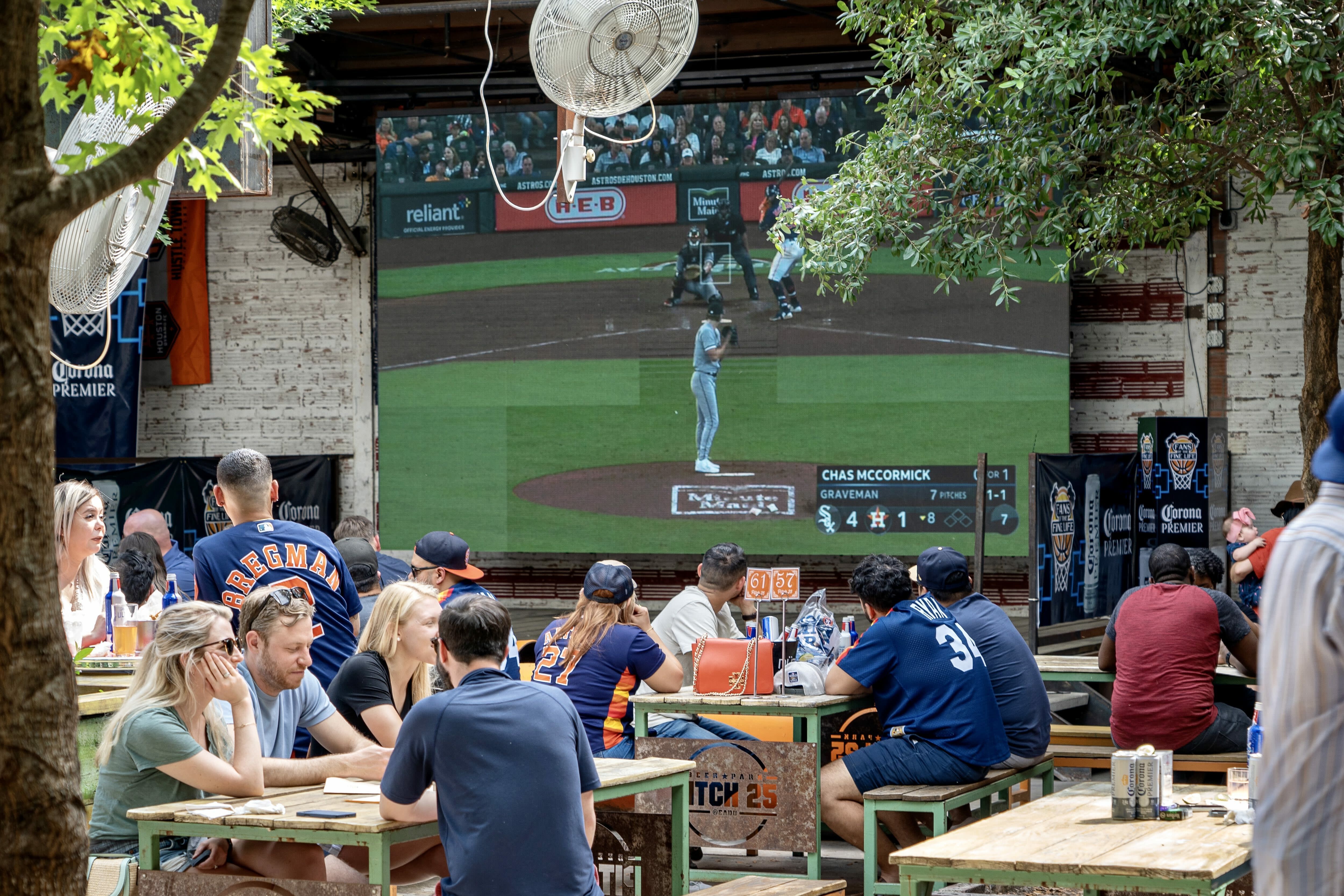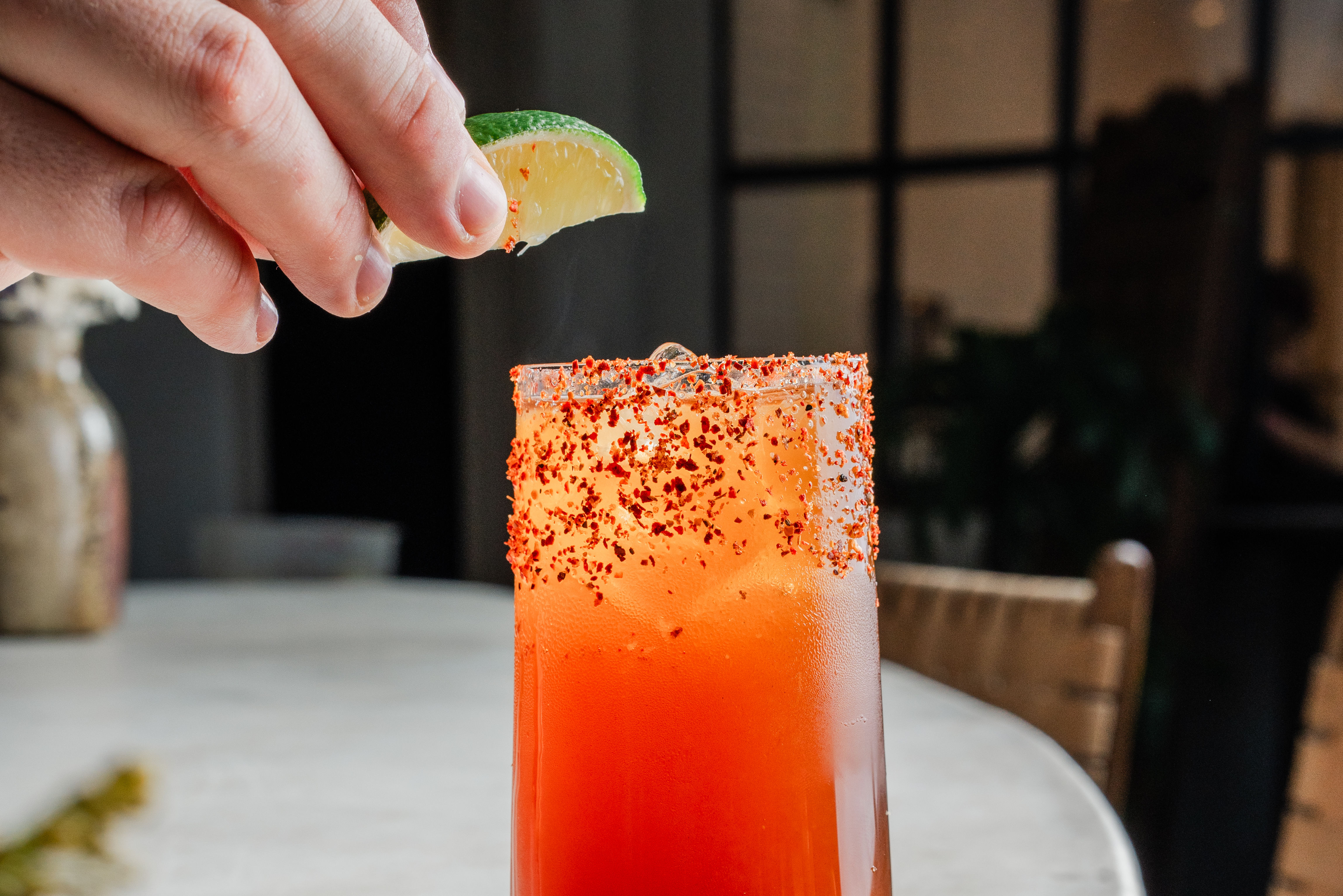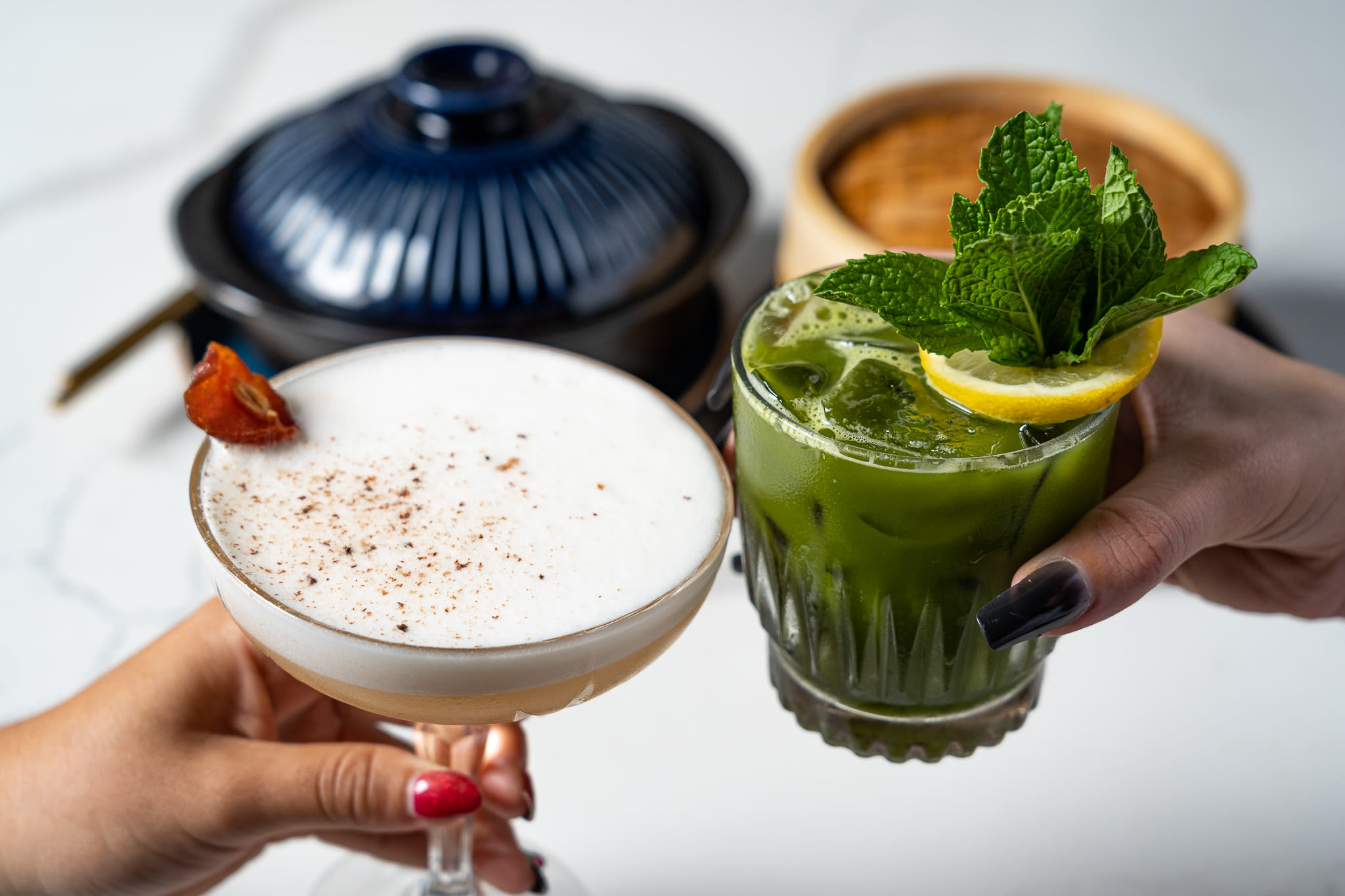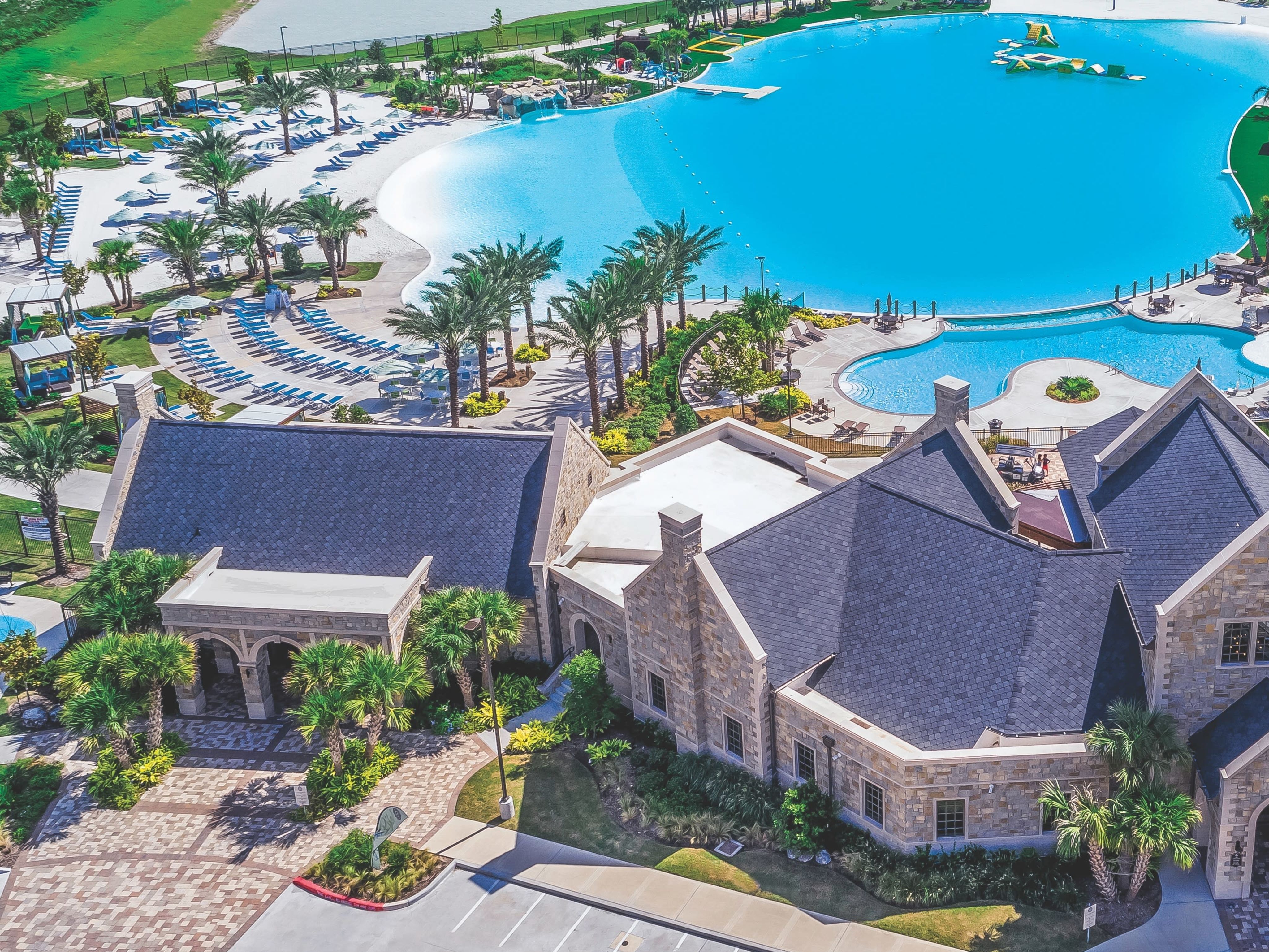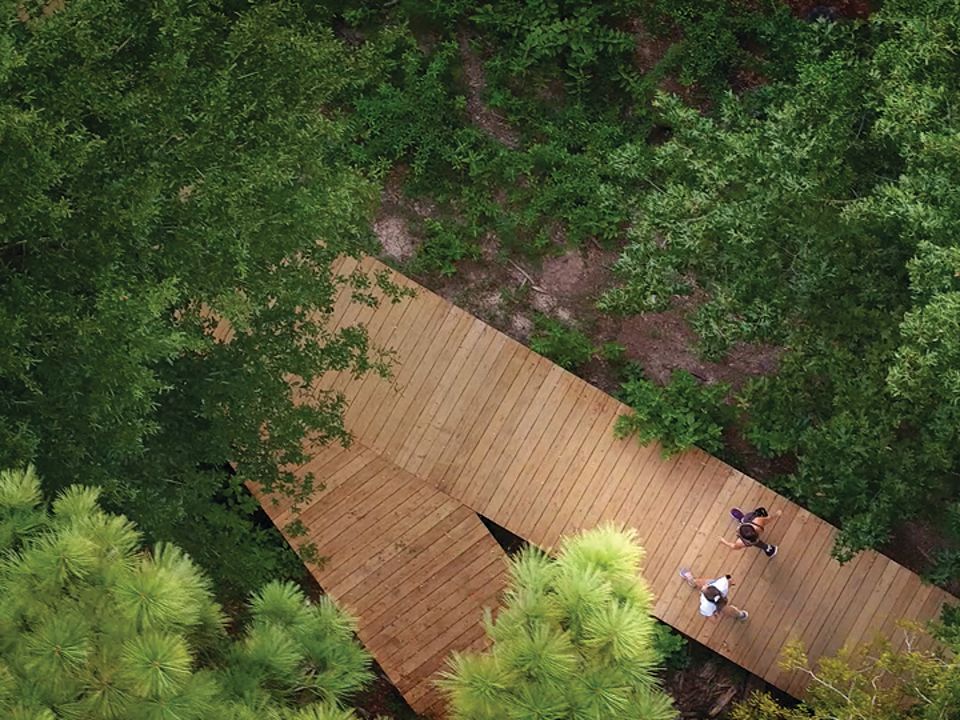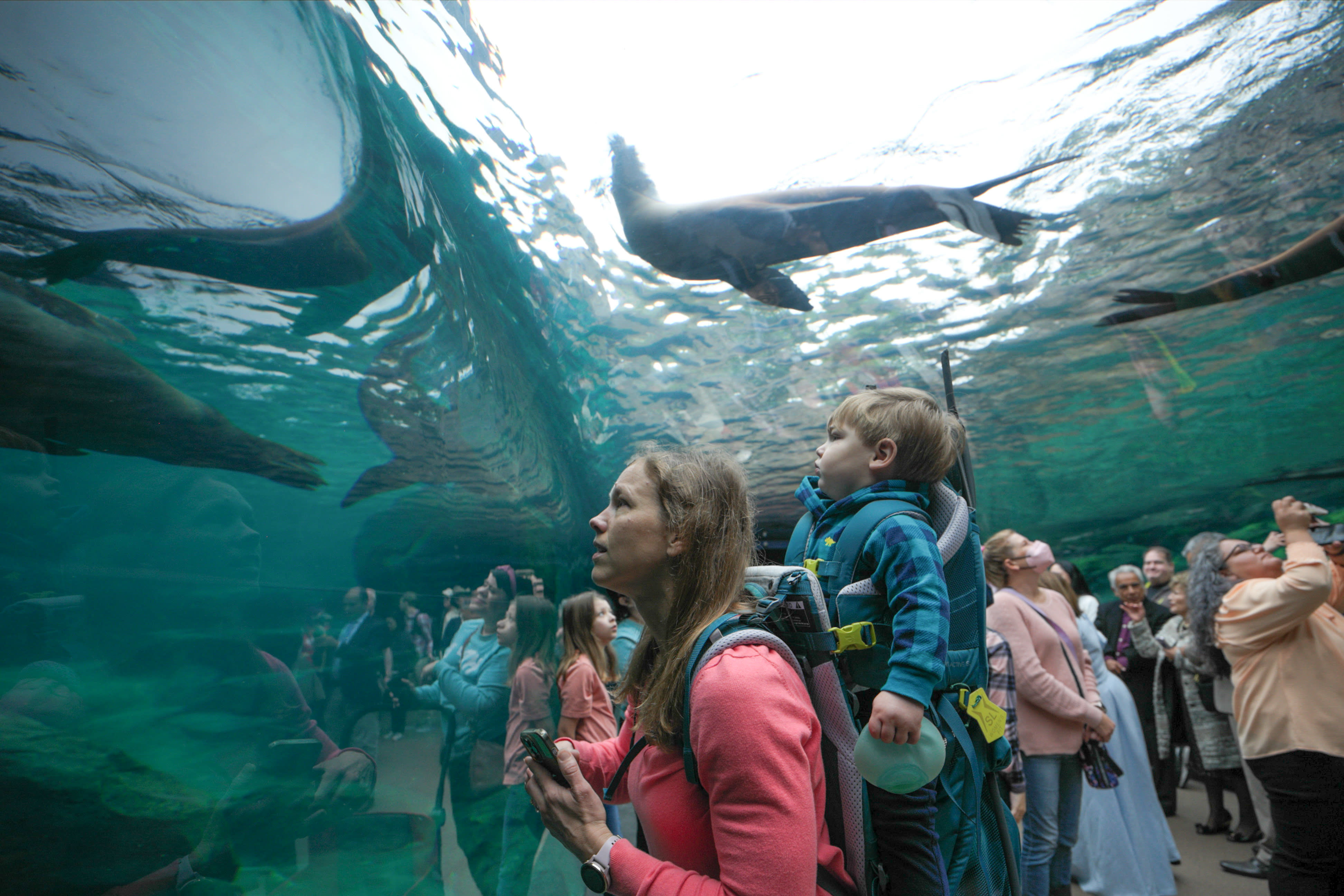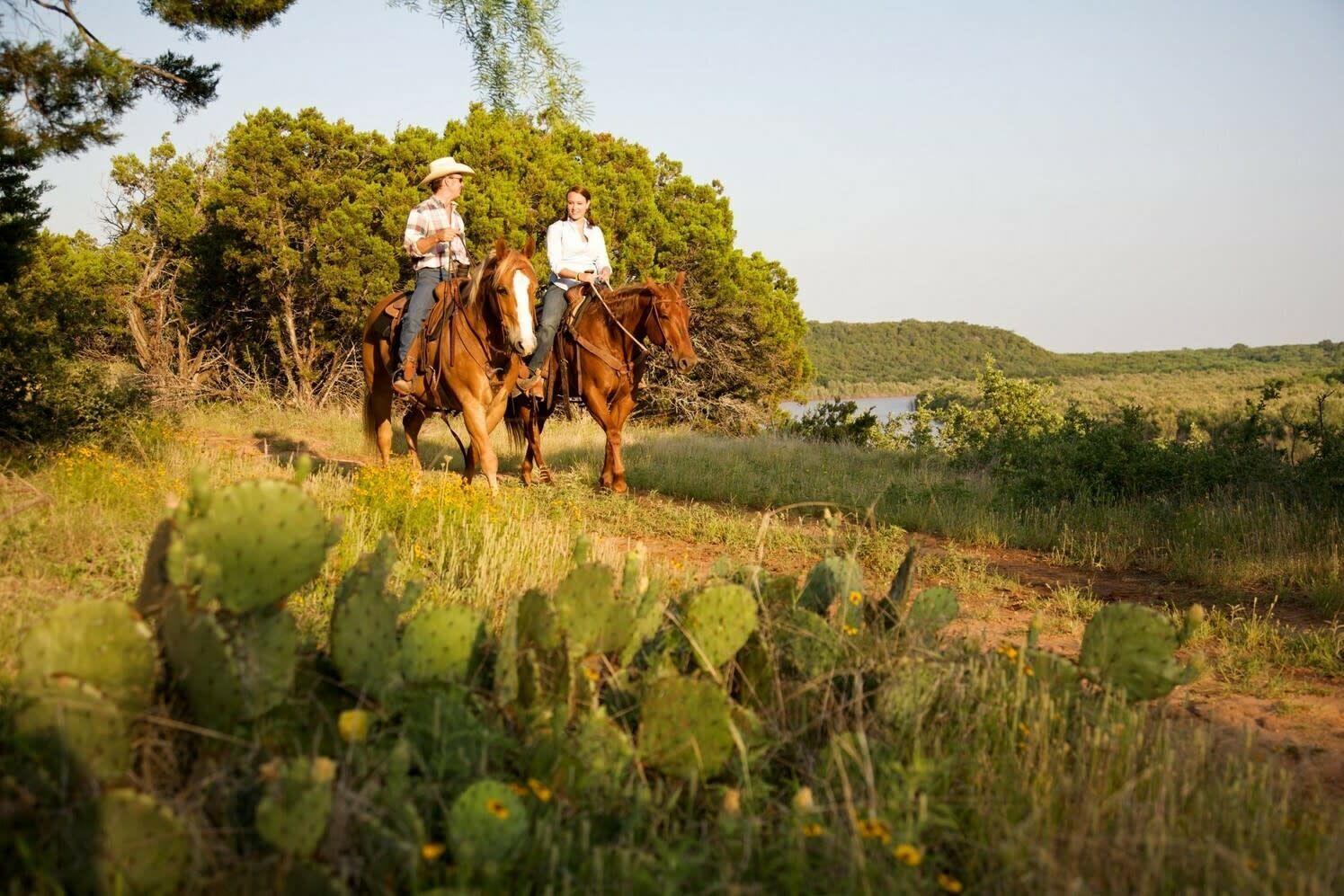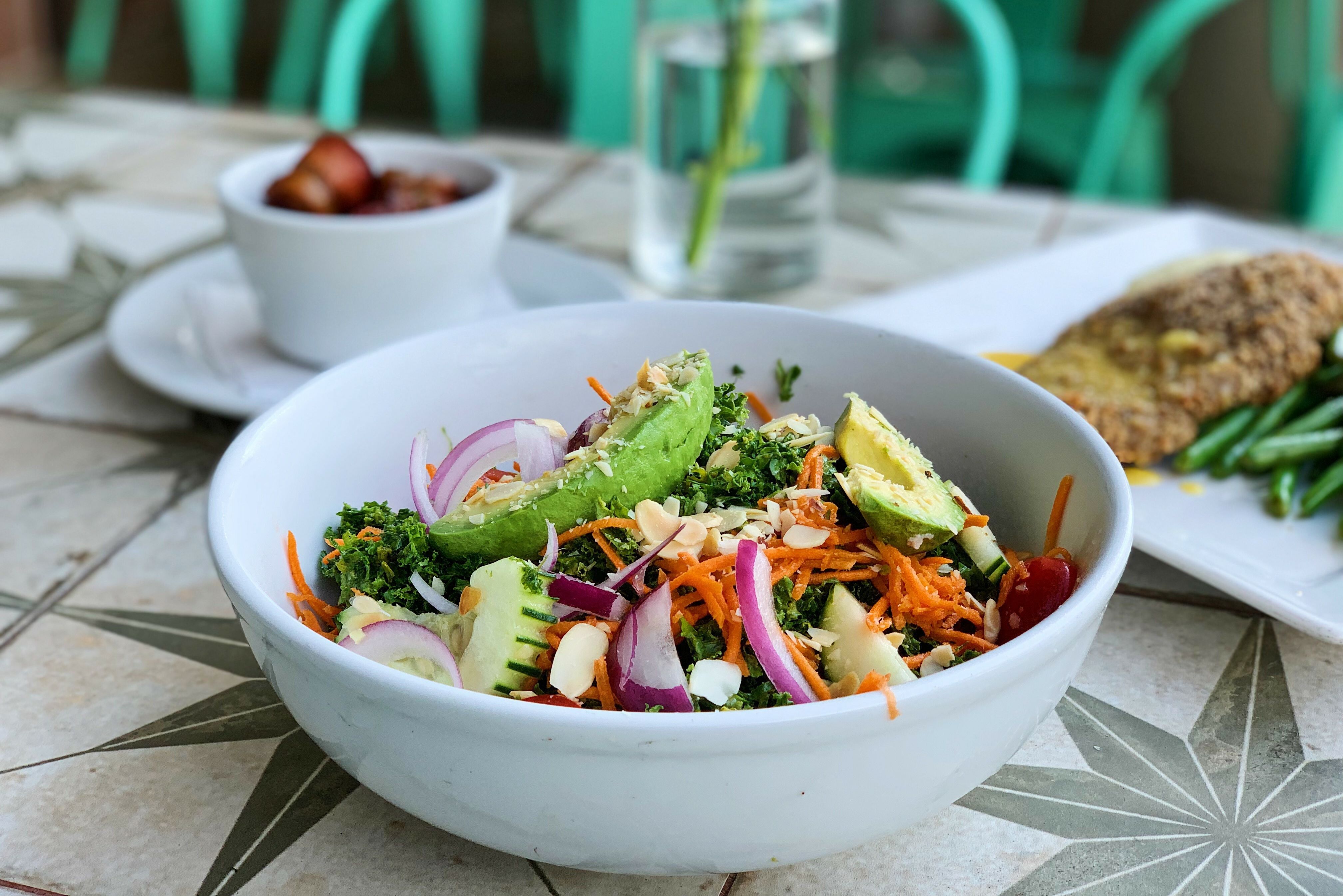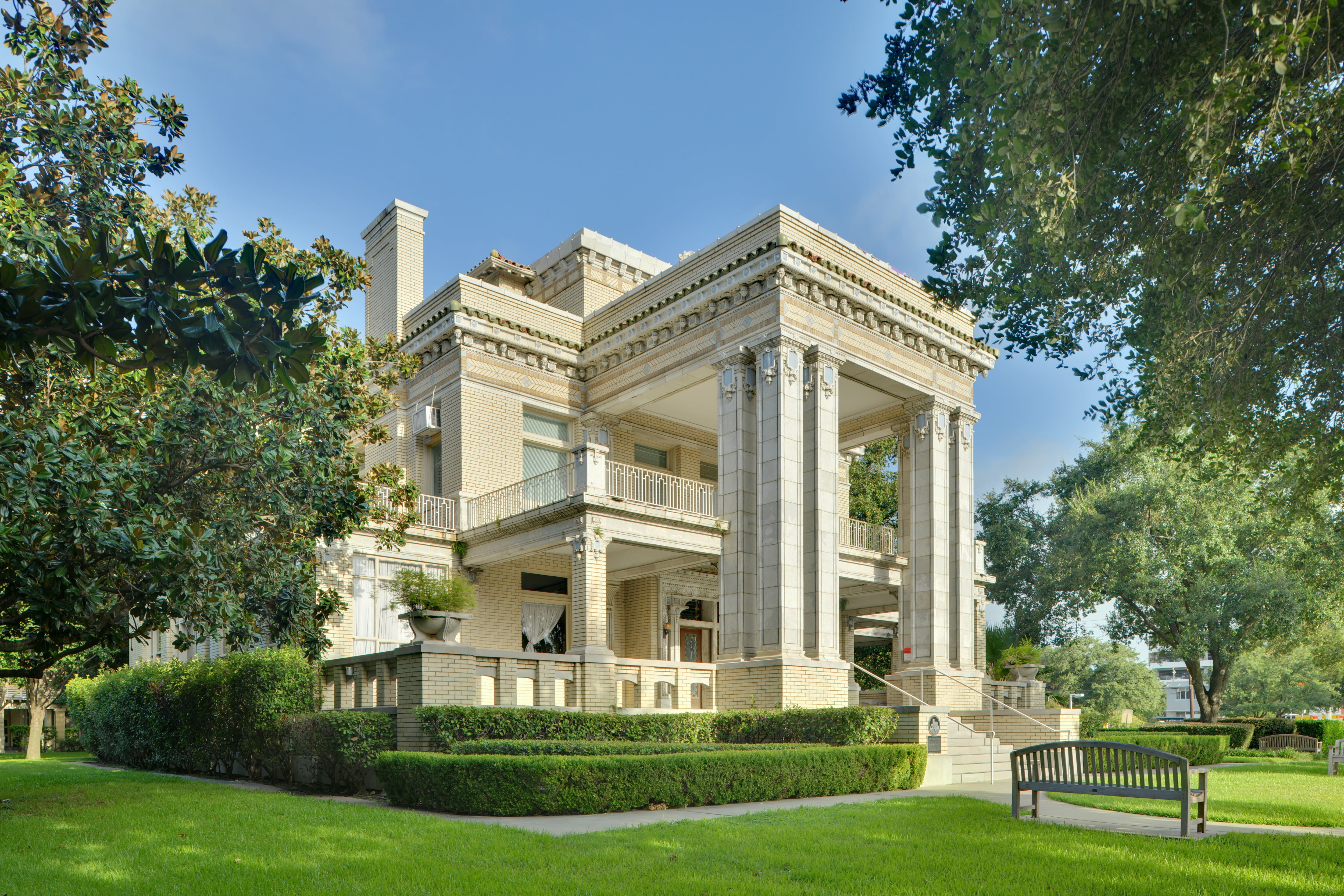
Menil Collection Curators Travel the World to Bring Art to Houston
Paul R. Davis’s knee still hurt. Riding on the back of a Jakarta scooter winding through the busy city streets of Bamako, Mali, didn’t help. His friend, Moussa Traoré, was driving him after listening to Davis complain about the pain long enough.
“We’ll take you to a healer,” Traoré had said.
Davis had torn his ACL just before leaving Bloomington, Indiana, to live in Mali’s capital. It was 2008, and he was exploring the city as a Fulbright-Hays Doctoral Dissertation Research Abroad Fellow. Davis knew he needed surgery. He also knew it’d be months before that was possible. So he climbed onto Traoré’s Jakarta and headed to Bamako’s outskirts, away from the bustling suguba, or “big market,” where Traoré worked as a tailor, and through Hippodrome, a neighborhood famous for its horse races, restaurants, and hotels.
The two friends pulled into a large courtyard surrounding an austere cinder block building with an aluminum roof. Davis stepped inside and saw an open room filled with rows and rows of chairs, and people waiting. He sat down next to a boy, who was crying.
Davis took his place in line. He was third, just behind another young boy, who was also bawling. He’d broken his arm. The healer approached the boy, pulled a knife out of his pocket, and scolded, “If you don’t stop crying, I’m going to cut it off.” Then, he set the child’s arm.
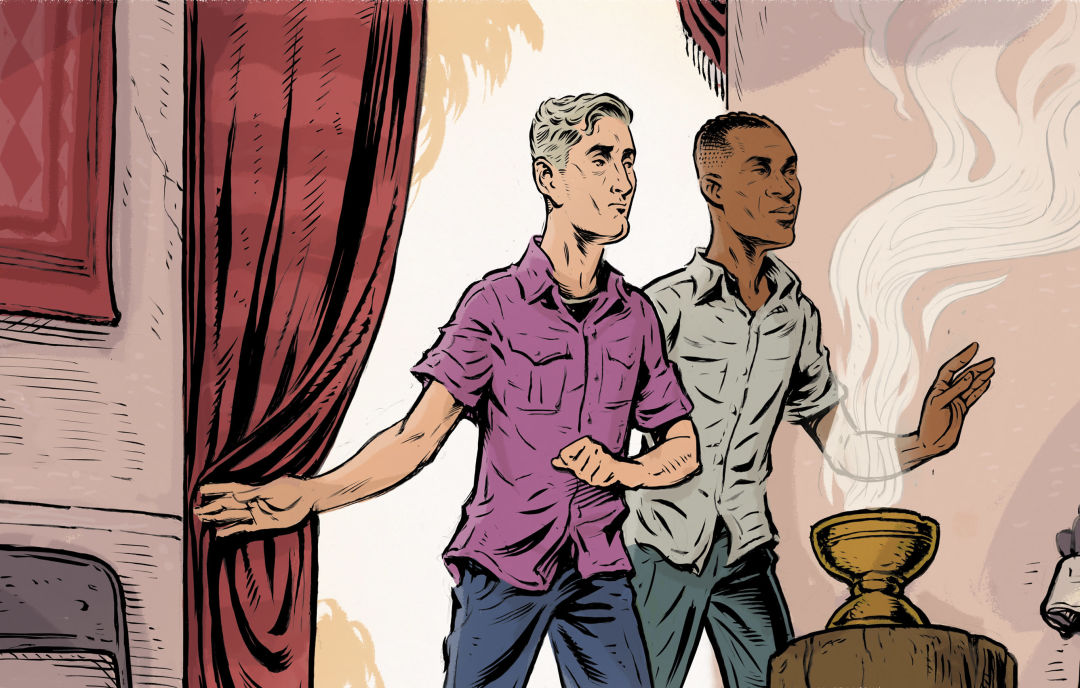
Image: Lars Leetaru
Watching, Davis asked himself, was the healer harsh? It’s tempting to judge—but Davis believes blame would be misplaced. Mali remains one of the poorest countries in the world. The boy’s arm probably could have been cut off or severely deformed if he hadn’t gone to the healer, Davis argues.
The healer’s only requested payment? Prayers.
It was Davis’s turn. The healer massaged his knee and found the torn ligament. Davis had never experienced such breathtaking pain. Then, the healer gave him a wrap and a medicinal paste, and instructed him to reapply the paste and wrap daily for two weeks. Davis did as he was told. When he returned to the healer half a month later, his ACL was still torn, but inflammation had subsided considerably.
For Davis, visiting the healer raised even more questions about the US health care system. But it also gave him new perspective on what we can get through and the challenges people can overcome. Davis saw it as an intersection of the spiritual world with the ability to persist in our everyday, physical world. It was transformative—and has informed how he views his work today.
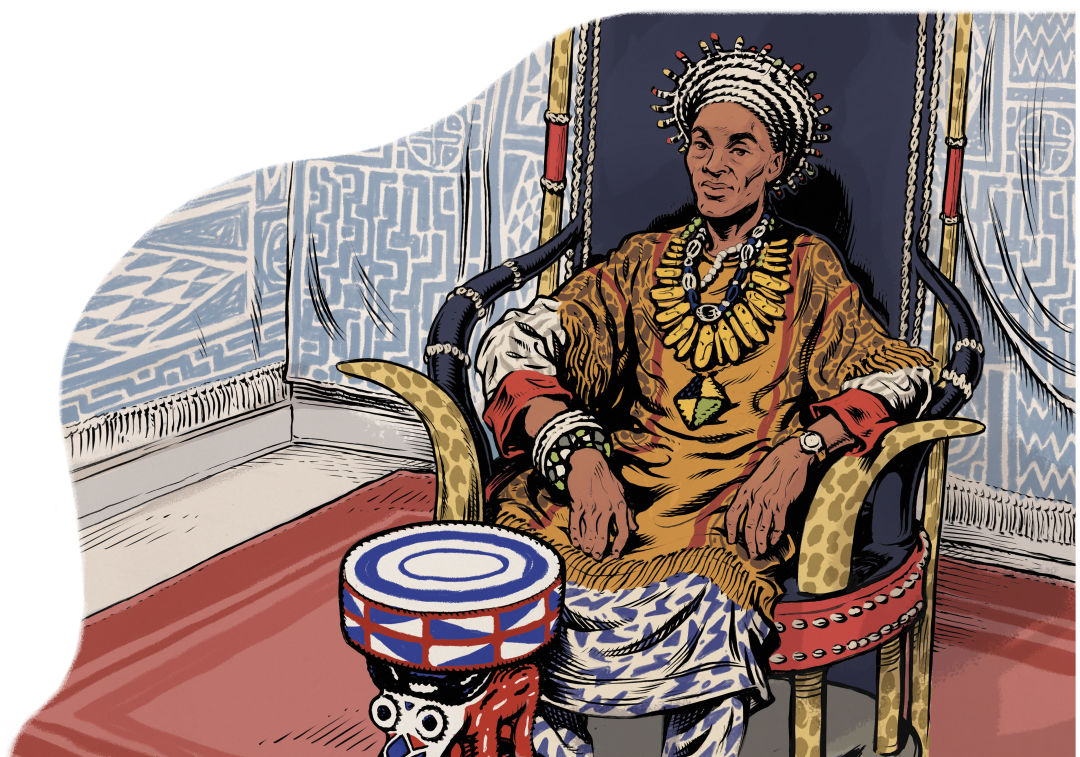
Image: Lars Leetaru
Davis returned to West Africa in 2022—this time, to the Cameroon Grassfields. Now curator of collections for the Menil Collection in Houston, he sought an audience with Fo David Simeu, the king, or fo, of Bapa, a prominent kingdom in the region.
Davis had a sensitive request: Would Fo Simeu allow Davis to borrow one of the king’s thrones for a Menil exhibition?
The throne Davis hoped to include in the exhibit had been designed and then gifted to Fo Simeu by the Cameroonian artist Hervé Youmbi. Youmbi would ultimately show five of his thrones at the Menil, as well as travel to Houston for a public conversation about his work. In a demonstration of support, he accompanied Davis to Bapa.
The iconic Grassfields are lush and green, marked by mountains and sharp peaks. Approximately 200 independent monarchies, often nestled at the foot of a hill, make up the area. Entrances to the kingdoms are dramatic: visitors descend into a village after passing through a large gate, and, inside, impressive, towering architecture frequently awaits. The kings are respected political and religious leaders, and some of the communities date back to the 17th century or earlier.
While the Grassfields have produced an array of internationally renowned artists, Bapa is known in particular for its museum, which documents the cultures of the Grassfields, and for its impressive royal palace.
Davis and Youmbi entered Fo Simeu’s royal reception hall. Davis noted the room’s locally made Western-style wooden furniture, the indigo-dyed patterned textiles hanging on the walls, and the throne room off to the side.
The group talked. For some time, Fo Simeu was quiet. Davis was patient. Then, confident in his guests, the king warmed up—and told Davis a story about the awe he’d once felt staring out of a large window in a high-rise Dallas hotel.
Yes, Davis could take the throne to Houston.
This interaction ensured Houstonians could admire Buffalo (Le buffle), one of five thrones from Youmbi’s Celestial Thrones (Les trônes célestes), which were all showcased in the Menil’s exhibition Art of the Cameroon Grassfields, A Living Heritage in Houston last year.

Image: Lars Leetaru
Youmbi wasn’t the first acclaimed artist Davis had brought to Houston. In 2017, Amahiguéré Dolo, originally from Mali, was featured in a Menil exhibition that year titled ReCollecting Dogon.
Celebrating Dolo in Houston was globally significant, as it marked the first time that his work—wood sculptures that explore Dogon cosmology—was presented in an American museum.
One afternoon during Dolo’s stay, he and Davis decided to take a walk. They were joined by Souleymane Ouologuem, a painter based in Bamako. Not far from the Menil, the group spotted the C-Store and stepped inside to grab drinks and snacks. As the three chatted in Bamana, one of West Africa’s most widely spoken languages, the cashier’s eyes widened: They were speaking his language.
Kalifa Koïta worked the register at the C-Store that day. A student at Houston Community College, he was originally from the Segou region of Mali, not far from where Dolo’s studio was. Davis invited Koïta to the exhibition, and the acquaintances became friends, bound by language, art, and home.
Dolo died in 2022, and the world mourned. For Houston, the loss was personal.
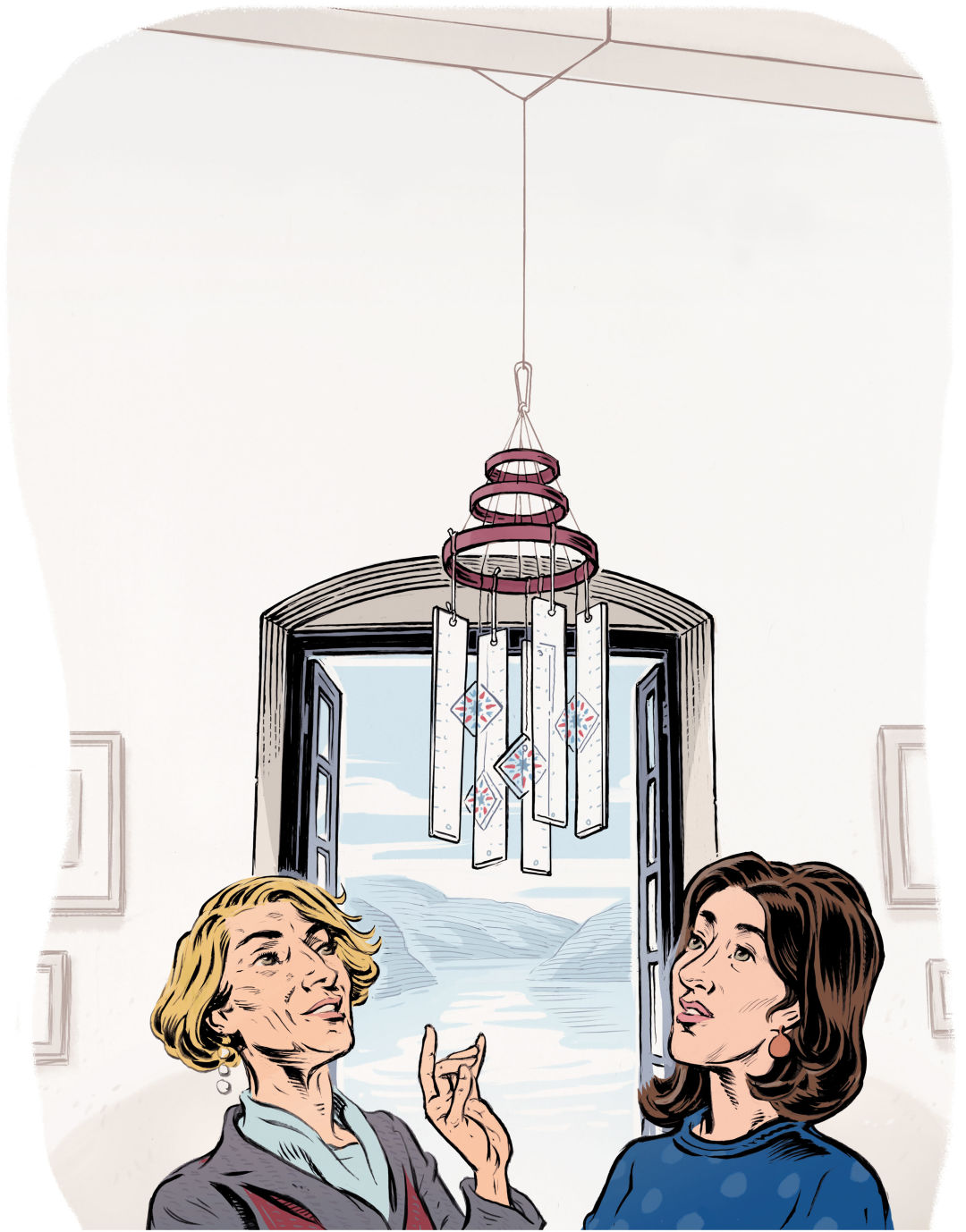
Image: Lars Leetaru
Every house has stories. But a house lived in, loved, and whimsically renovated for years by Meret Oppenheim? That house contains oeuvres.
The Menil’s associate curator of modern art, Natalie Dupêcher, spent some time in 2018 and 2019 trekking to galleries, museums, and private residences in Switzerland, England, France, Italy, Germany, the Netherlands, and Sweden to research the work of Oppenheim, a German-born Swiss artist of unusual prolificacy.
Alongside the Museum of Modern Art’s Anne Umland and Kunstmuseum Bern’s Nina Zimmer, Dupêcher was working to cocurate Oppenheim’s first transatlantic retrospective. For Dupêcher, one destination towered among the rest: Casa Costanza. The late artist’s family home, Casa Costanza is tucked away in the mountains above Lake Lugano in Carona, Switzerland.
While the village’s sinuous cobblestone streets, traditional villas, and views of bright blue water demanded awe, it was the art, wit, and beauty embedded inside Casa Costanza that ensnared Dupêcher most. Walking up to the house, she couldn’t help but shoot a short video on her phone. A fountain—a caduceus, resplendent with serpents tangled beneath a headstone of wings, all atop a rock—beckoned from the small plaza outside the house. Of course, Oppenheim had designed it.
On one of the curator’s two visits, the artist’s niece, Lisa Wenger, welcomed Dupêcher inside. Oppenheim’s touches waited around every corner. In many cases, carefully selected or created objects still sat where Oppenheim had originally placed them. A table the artist had designed, with a note pinned to the top reminding everyone that drinks require coasters, showcased craftsmanship and cheeky instruction. A small light fixture made of plastic rulers used in grade school math lessons was affixed to the ceiling in the family’s game room. The piece nodded to a pun that works in both German and English: rulers set and follow rules, as all truly great players must.
In the evenings, the sunsets turned the mountains purple. From the house, Dupêcher looked out over one such scene, and an Oppenheim piece leaped into her brain: a painting, featuring purple triangles. Dupêcher had always assumed that the piece was an abstract work. Now, she realized Oppenheim had actually painted the landscape right outside her window.
Oppenheim died in 1985, but in Casa Costanza, Dupêcher couldn’t help but feel as though she were still very much alive. Dupêcher brought that spirit home to Houston with Meret Oppenheim: My Exhibition, which debuted at the Menil in 2022.
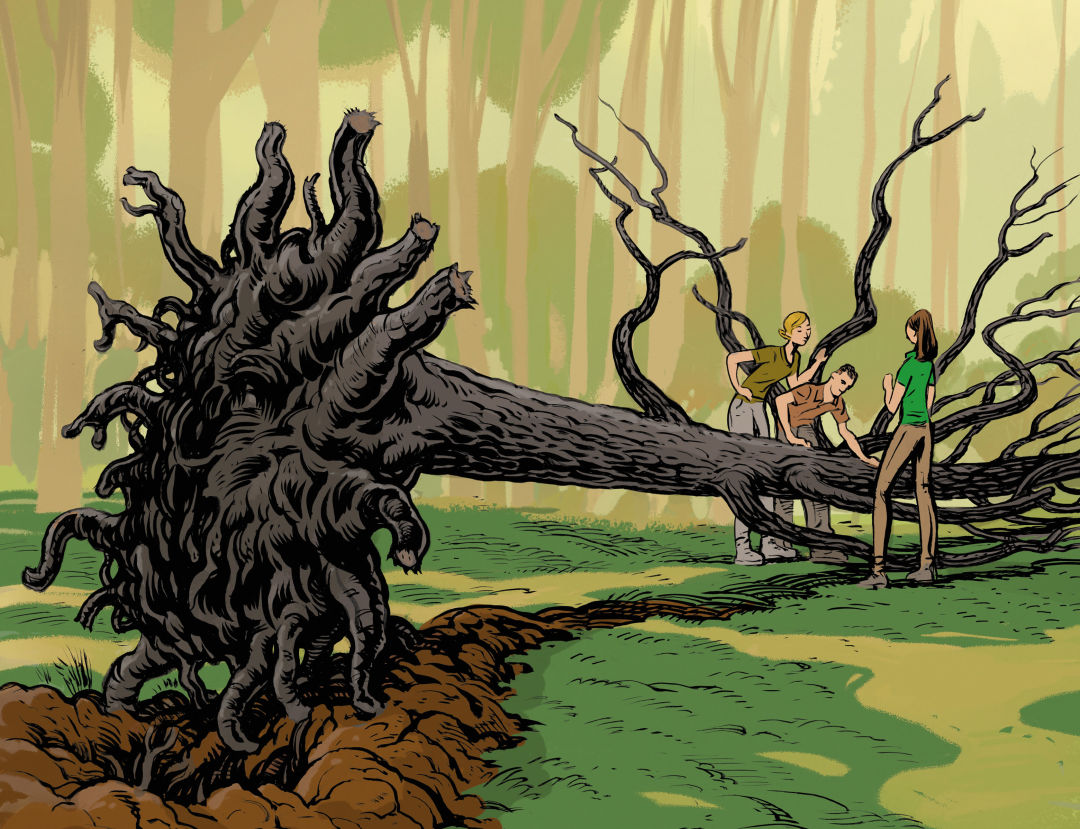
Allora & Calzadilla: Specters of Noon encompassed a sculpture of a French tree as well as the artists' work in the Puerto Rican rainforest.
Image: Lars Leetaru
Michelle White flew to Puerto Rico in 2019 to see Jennifer Allora and Guillermo Calzadilla, two of the island’s most dynamic artists. The duo took White, senior curator for the Menil, into the tropical El Yunque rainforest to better illustrate how native plants and animals help shape their research-based practice.
Allora and Calzadilla produce work that grapples with the fragility and volatility of the environment, often through immersive, large pieces. They were creating artwork specifically for an exhibition at the Menil, curated by White.
At home in San Juan, Puerto Rico, their focus on climate was timely. In Houston, the home of their upcoming exhibition, it was, too. Hurricane Harvey had devastated the Texas Gulf Coast in 2017. Hurricane Maria walloped Puerto Rico just a month later. Earthquakes rattled Puerto Rico in 2019 and 2020.The artists’ work became not just relevant, but prescient.
At the Menil, Allora & Calzadilla: Specters of Noon debuted in September 2020 and ran until June 2021. One of the works on view was Entelechy, a coal sculpture cast from a tree that was struck down by lightning in France. The artists created another installation, Blackout, from a Puerto Rico Electric Power Authority transformer that exploded during Hurricane Maria. During the exhibition’s run at the Menil, Winter Storm Uri hit. The Texas power grid failed. Allora and Calzadilla’s questions about the violent unpredictability of electricity echoed in the dark. The boundaries between art and life collapsed.
White still marvels at the overlapping experiences of Houston and Puerto Rico’s shared vulnerability.

Image: Lars Leetaru
Tacita Dean travels constantly. Splitting time between her studios in Los Angeles and Berlin, the artist has become a preeminent international force. Celebrated in Europe for her work in film, photography, drawing, and more, the artist will have her first major museum exhibition in the US at the Menil, debuting in the fall of 2024.
That’s where White comes in. She often works with living artists, and curating an exhibition for someone who is still creating is a dynamic experience, defined by years of research, conversations, and travel. The work White has put into curating Dean’s upcoming Menil exhibit has already spanned about seven years. Trips to galleries and museums in Paris, in Luxembourg, and throughout the rest of Europe have given White a firsthand sense of the scope of Dean’s growing influence. But as the artist and curator build an exhibition together, it’s what happens behind the scenes that establishes trust—and allows White to witness greatness unfold in real time.
White’s visits with Dean in the artist’s Berlin studio have been crucial. The building is unassuming but modern, cradled in a residential neighborhood. There and in LA, White watched Dean develop a masterpiece: the comprehensive set and costume design of The Dante Project, a ballet choreographed by Wayne McGregor and the first-ever coproduction of the Royal Ballet in London and the Paris Opera Ballet.
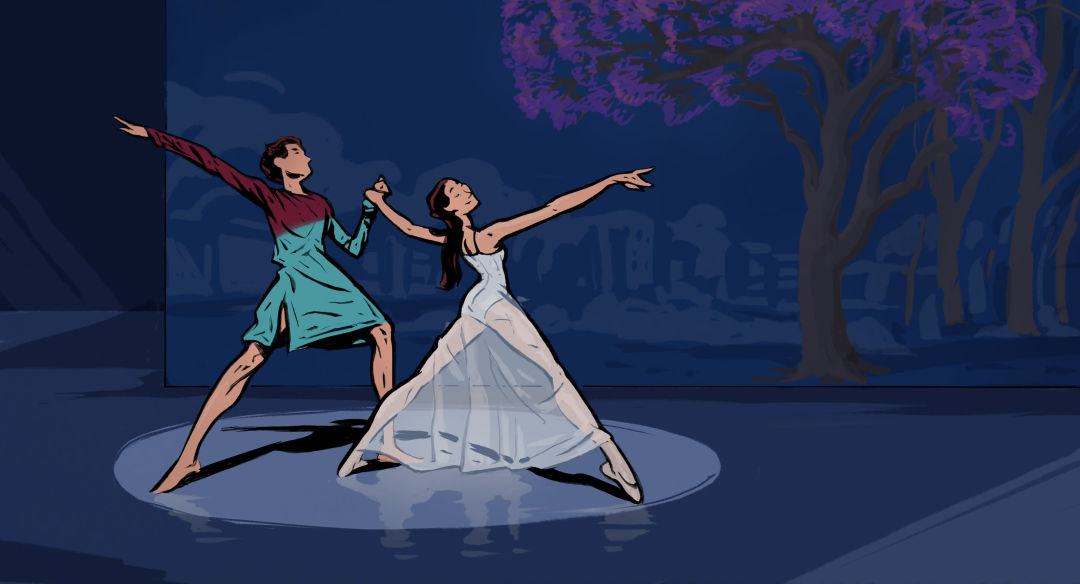
Image: Lars Leetaru
White saw an early sketch of Dean’s vision with the Los Angeles Philharmonic. Watching the pieces of such a daunting, multidimensional undertaking come together thrilled her. In 2021, the curator sat in the London audience for the ballet’s official debut.
Then, in the spring of 2023, White made her way to Paris to see The Dante Project at the Opéra Garnier. Walking under the famous opera house’s muraled ceilings and baroque golden arches, she prepared to witness yet another milestone in Dean’s career.
The result was extraordinary. In retrospect, White believes the ballet reflects the ambition of Dean’s work, and how that work is able to address core themes of human existence also found in any interpretation of Dante’s Inferno.
Dean’s exhibit at the Menil will comprise monumental drawings that explore what White calls “the artist’s approach to making a mark.” Dean understands the artistic process as something generated from the format with which she works, requiring acceptance of any medium’s unexpected consequences.
It is an embrace of possibility, fluidity, and timing—a lack of zoning, if you will—that Houstonians will surely appreciate.
